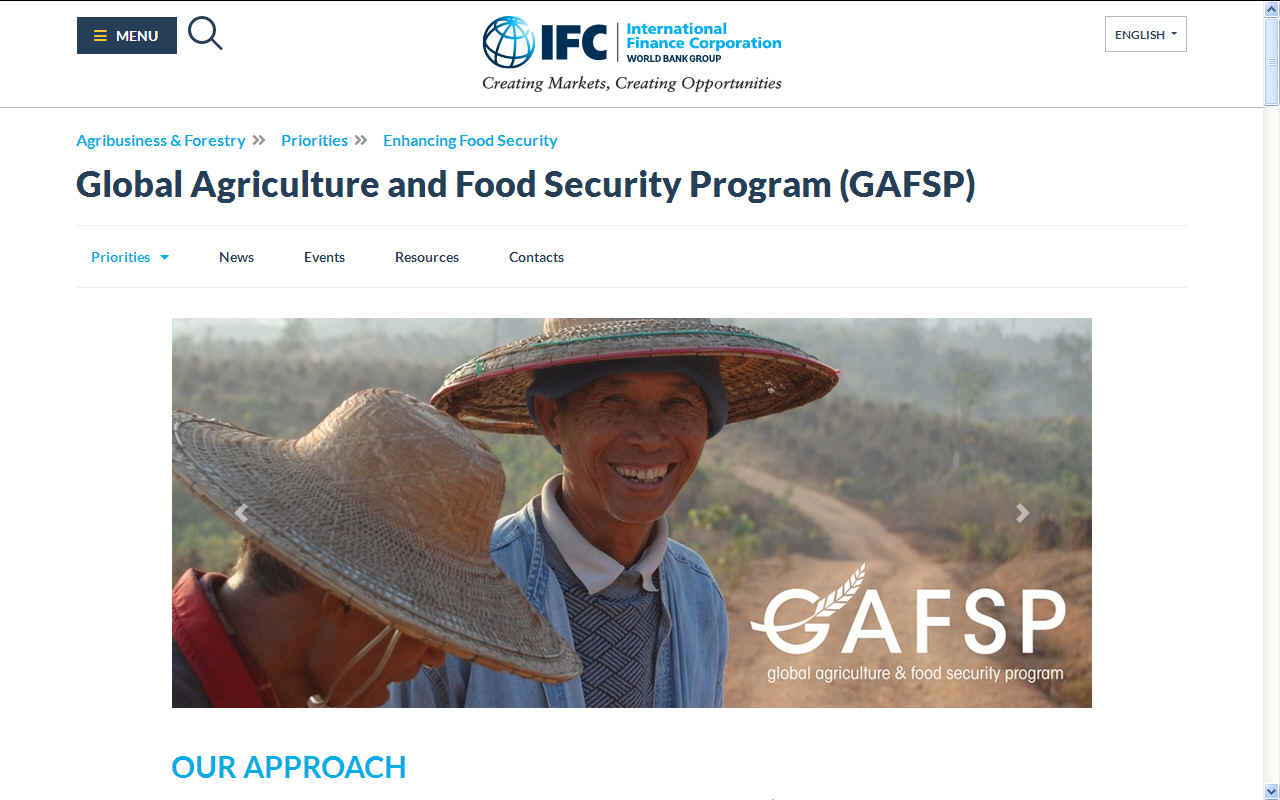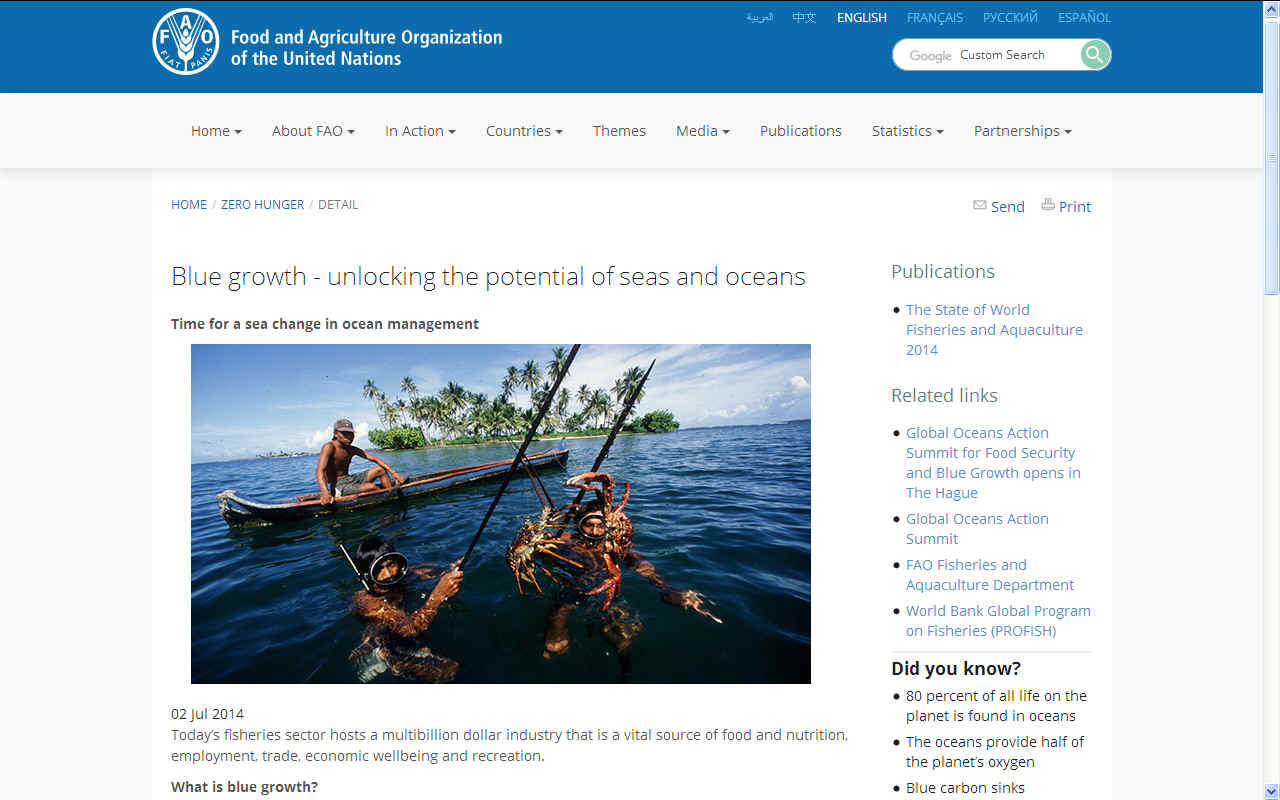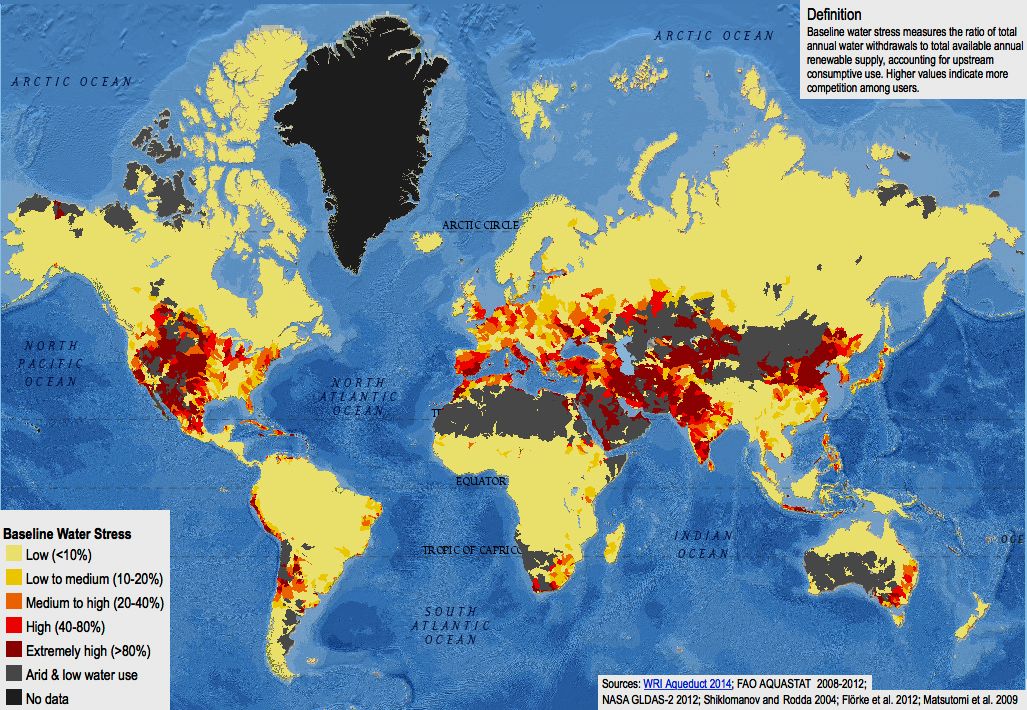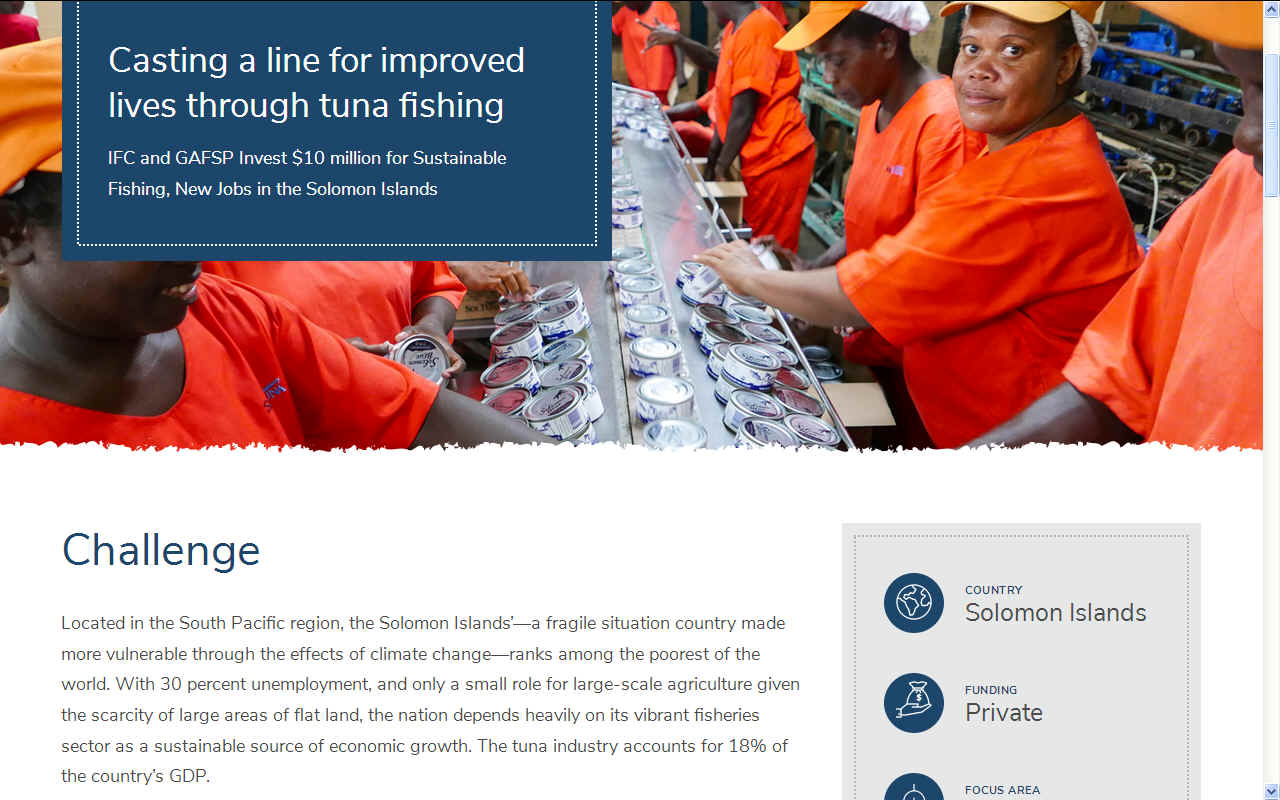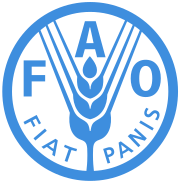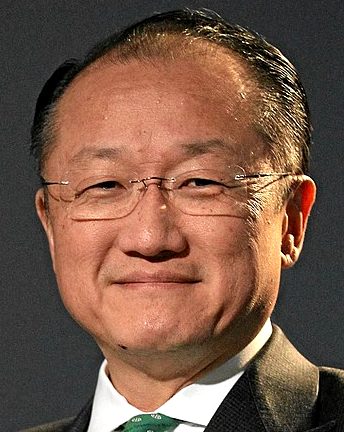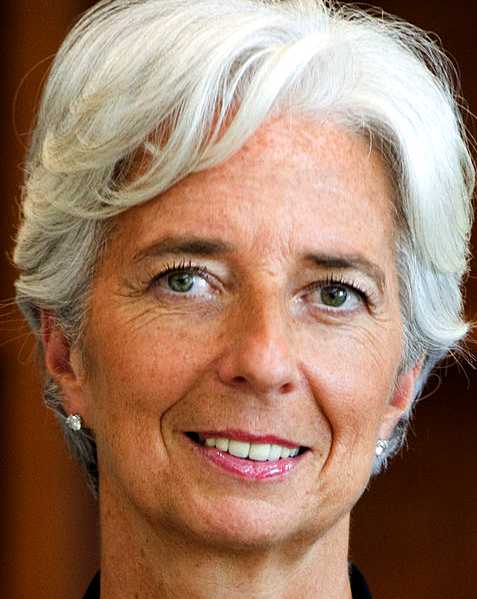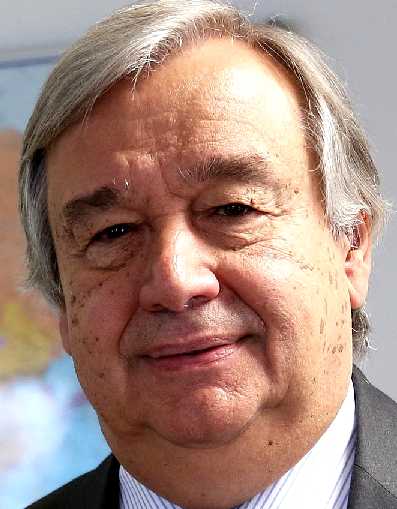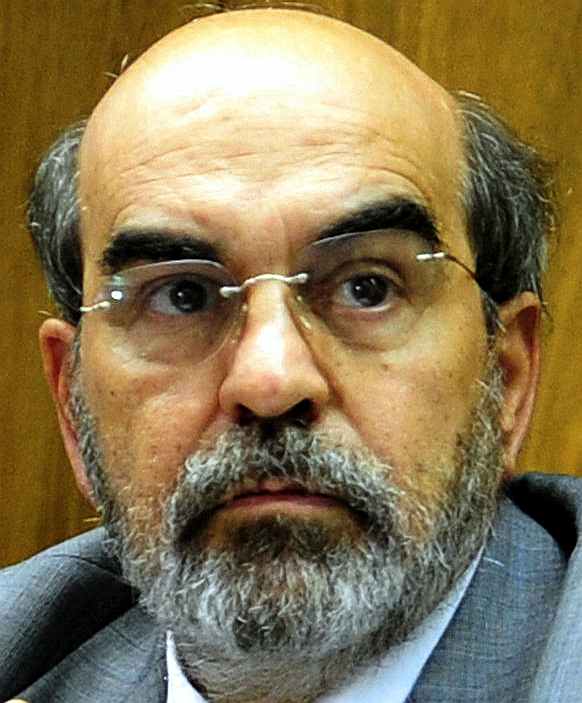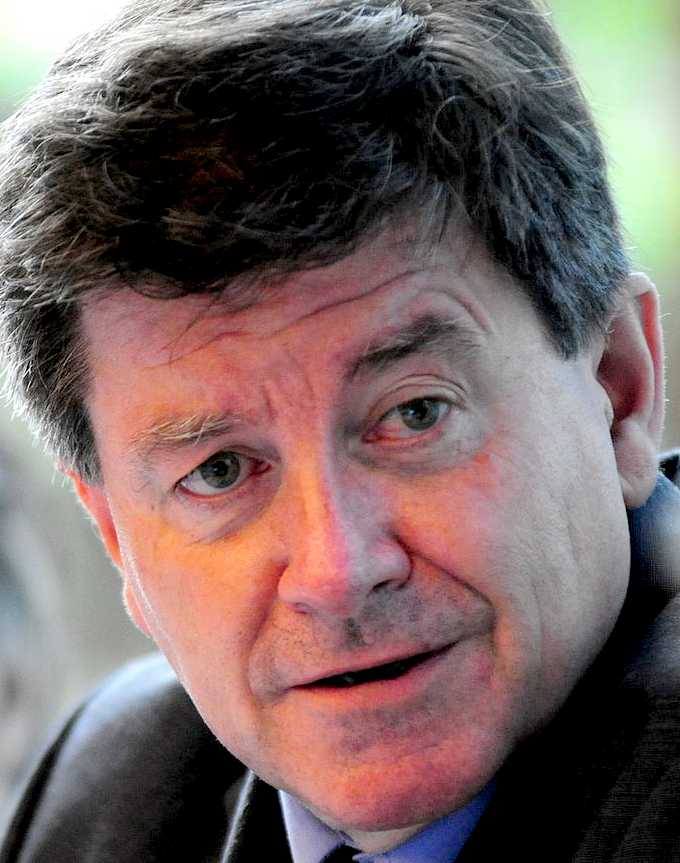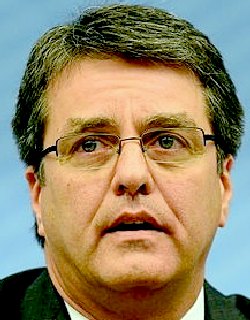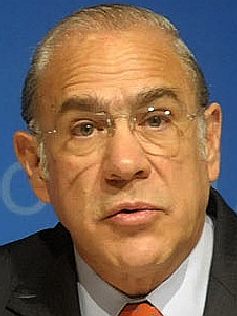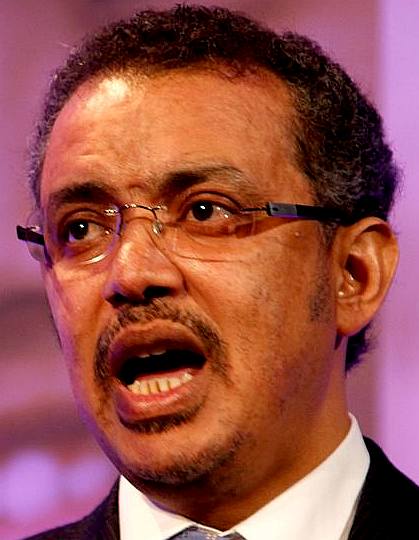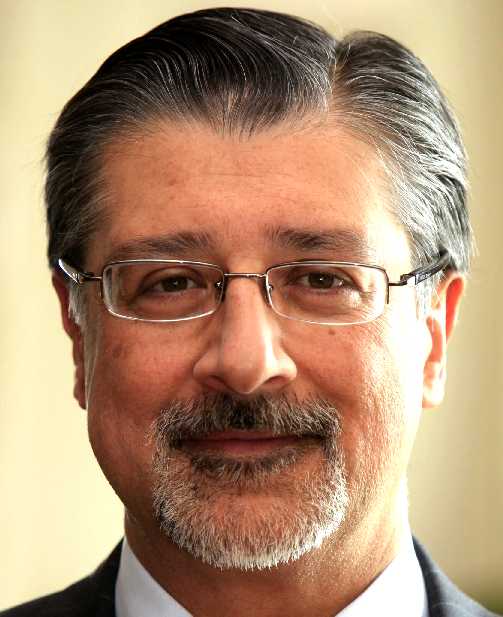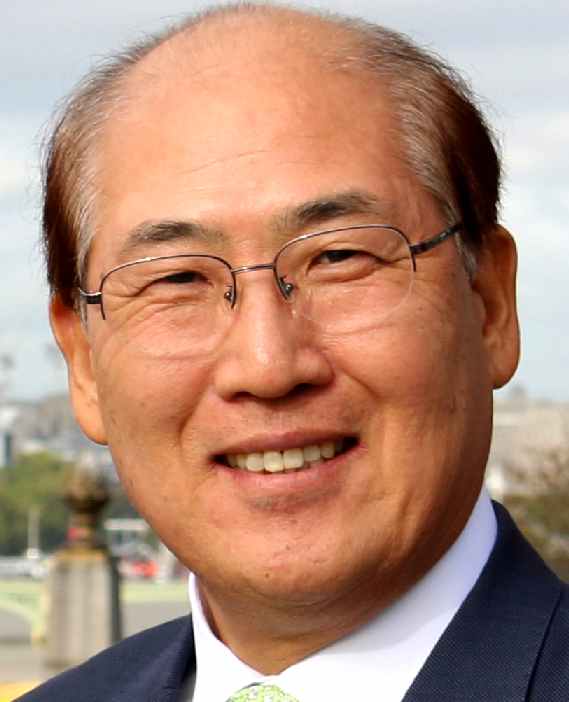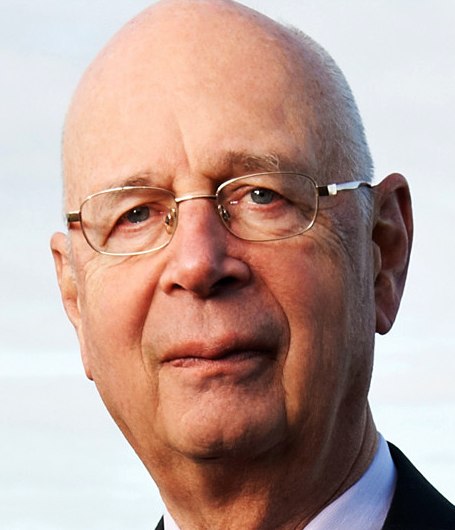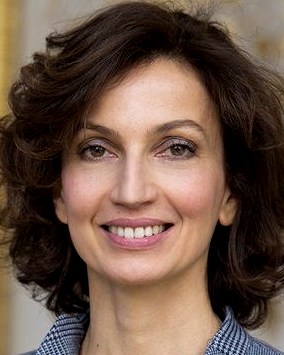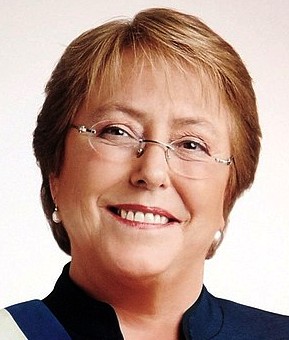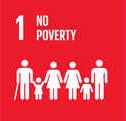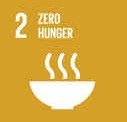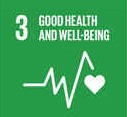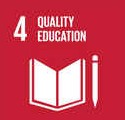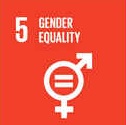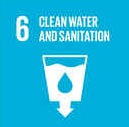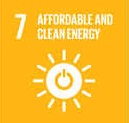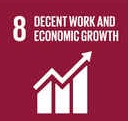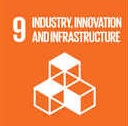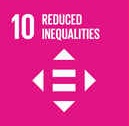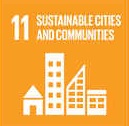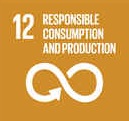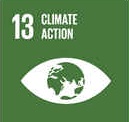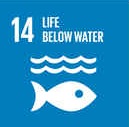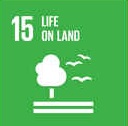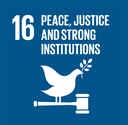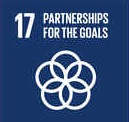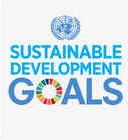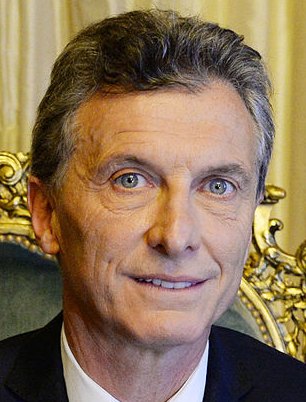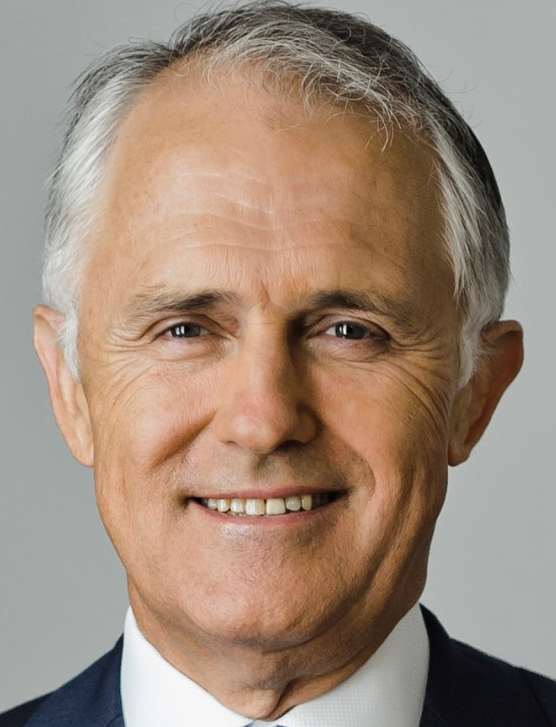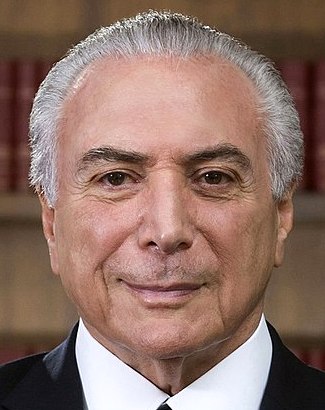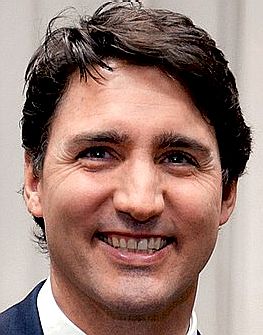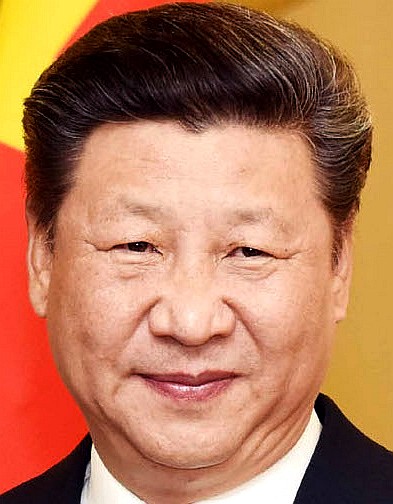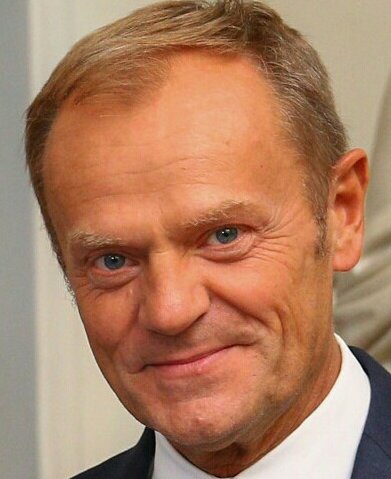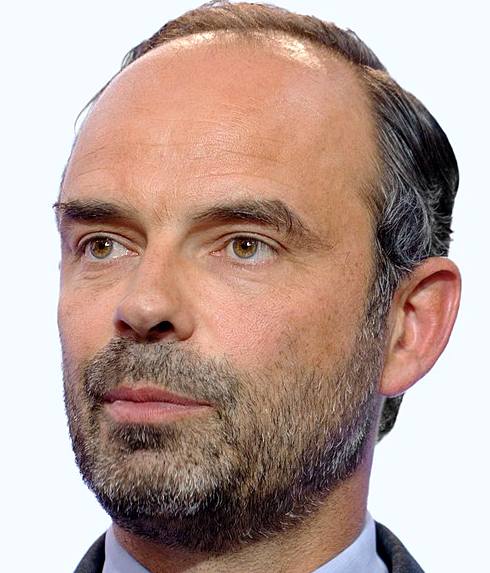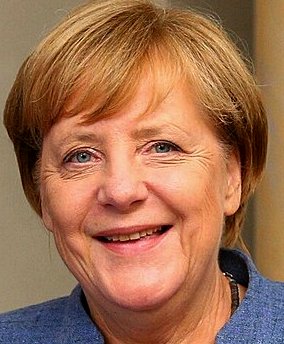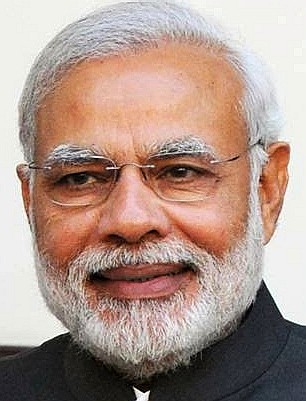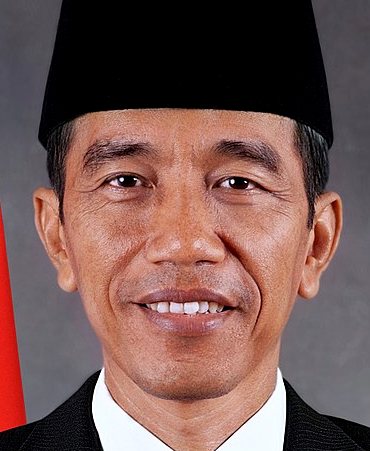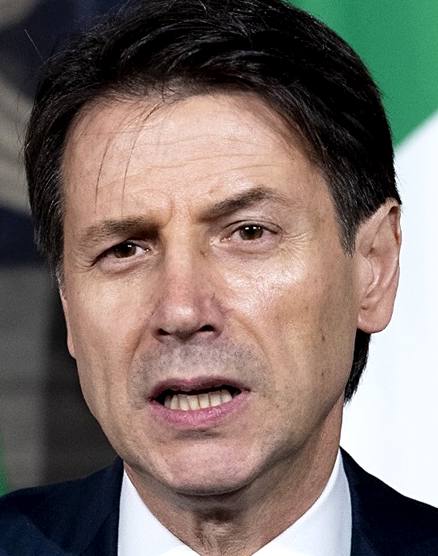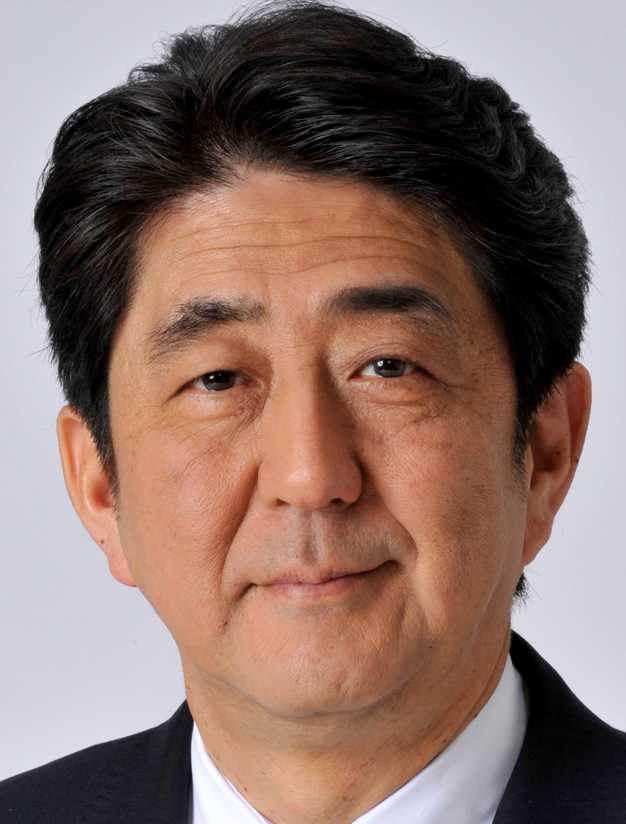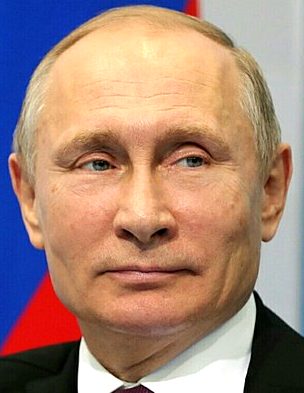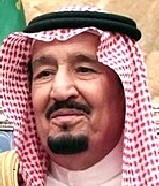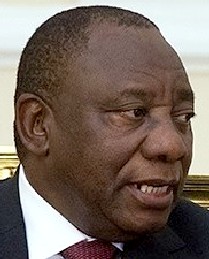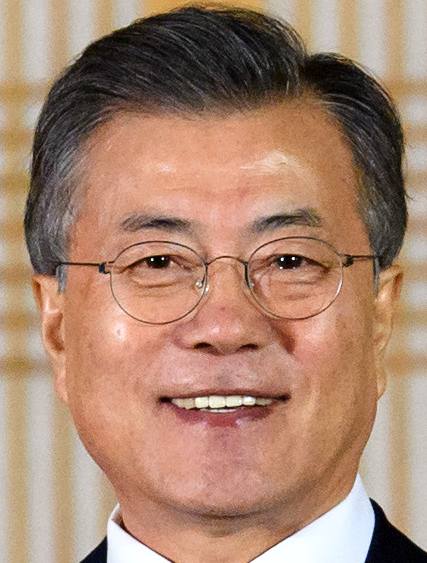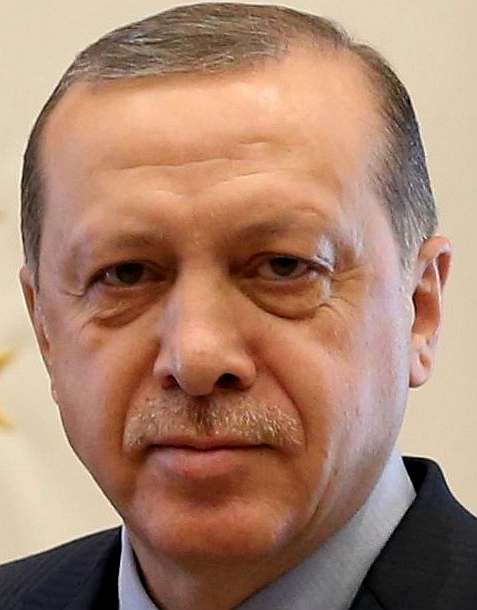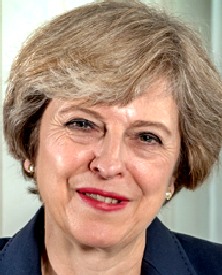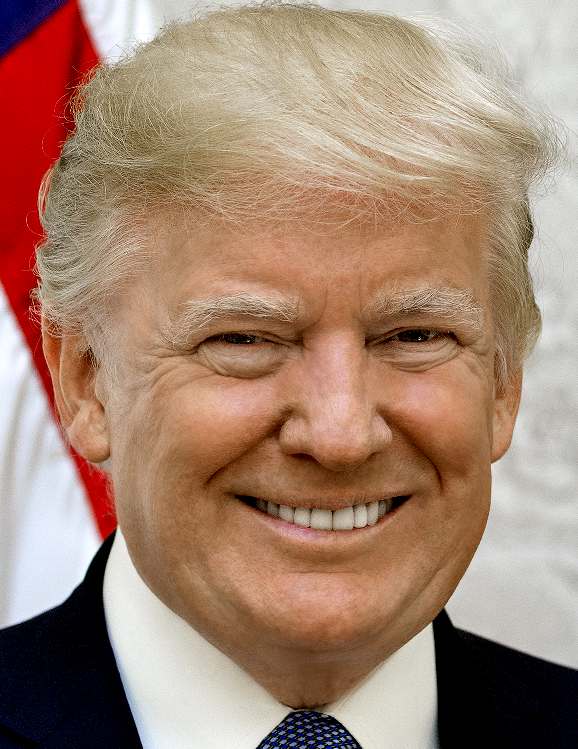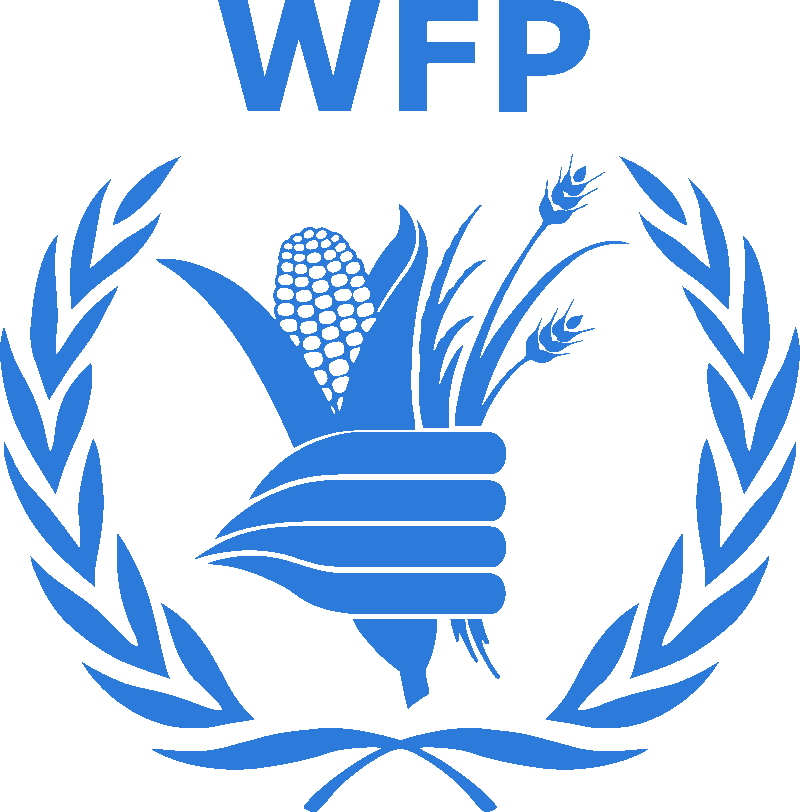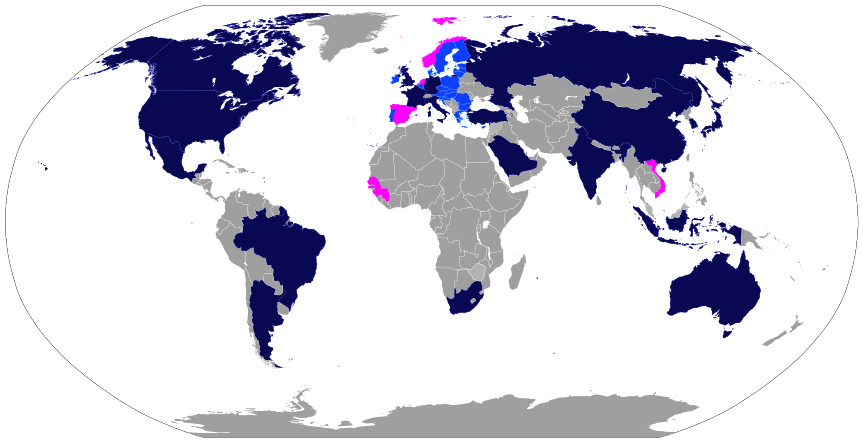|
GAFSP - GLOBAL AGRICULTURE & FOOD SECURITY PROGRAM
CLIMATE | ELECTRICITY | RIGHTS | HYDROGEN | PLASTIC | SPACE | TRANSPORT | NATIONS
Please use our A-Z INDEX to navigate this site, or HOME
|
|||||||||||||||||||||||||||||||||||
GASFP'S APPROACH - Taking a chance on projects that other commercial investors have passed is what GAFSP’s Private Sector Window does best: investing across the entire food supply chain from farm inputs to logistics and storage, to processing and financing. We use blended finance solutions and the IFC’s expertise and knowledge to support projects in the agricultural sector which may not attract commercial funding due to perceived high risks in the sector. GAFSP funding is co-invested alongside IFC funding but we take it one step further: addressing market failures by providing affordable funding with less demanding terms. This allows us to invest in early stage or riskier projects that hold high potential for development impact and financial sustainability. That means that we can partner with companies who include farmers as part of their overall value chain, providing access to markets, financing and storage, and increasing production and incomes for those living and working in the world’s lowest income countries. We also help to raise capacity building with our advisory services, providing on-the-ground training and advice for businesses and farmers in improving farmer productivity, strengthening standards, reducing risks and mitigating climate change effects.
One out of every seven people on planet earth go to sleep hungry. People are suffering due to overpopulation. 25,000 people die of malnutrition and hunger related diseases everyday.
While drought and other naturally occurring events may trigger famine conditions, it is government action or inaction that determines its severity, and often whether or not a famine will occur.
The WFP strives to eradicate hunger and malnutrition, with the ultimate goal in mind of eliminating the need for food aid itself. to this end Food Security is an essential element, without which there would be no food surplus from one geographical region, to redistribute to another.
The objectives that the WFP
hope to achieve are to:
These objectives should take into account the variable threats A - D below.
A - Fossil fuel dependence
While
agricultural output has increased, energy consumption to produce a crop has also increased at a greater rate, so that the ratio of crops produced to energy input has decreased over time. Green Revolution techniques also heavily rely on chemical fertilizers, pesticides and herbicides, many of which are petroleum products, making agriculture increasingly reliant on
petroleum.
B
- Land use change
In Europe, the conversion of agricultural soil implied a net loss of potential. But the rapid loss in the area of arable soils appears to be economically meaningless because EU is perceived to be dependent on internal food supply anymore. During the period 2000–2006 the European Union lost 0.27% of its cropland and 0.26% of its crop productive potential. The loss of agricultural land during the same time was the highest in the Netherlands, which lost 1.57% of its crop production potential within six years. The figures are quite alarming for Cyprus (0.84%), Ireland (0.77%) and Spain (0.49%) as well.
In Italy, in the Emilia-Romagna plain (ERP), the conversion of 15,000 hectare of agricultural soil (period 2003-2008) implied a net loss of 109,000 Mg per year of wheat, which accounts for the calories needed by 14% of ERP population (425,000 people). Such a loss in wheat production is just 0.02% of gross domestic product (GDP) of the Emilia-Romagna region, which is actually a minor effect in financial terms. Additionally, the income from the new land use is often much higher than the one guaranteed by agriculture, as in the case of urbanisation or extraction of raw materials.
C - Climate Change
“Results show that climate change is likely to reduce agricultural production, thus reducing food availability” (Brown etal., 2008.) “The food security threat posed by climate change is greatest for Africa, where agricultural yields and per capita food production has been steadily declining, and where population growth will double the demand for food, water, and livestock forage in the next 30 years” (Devereux et al., 2004).
In 2060, the hungry population could range from 641 million to 2087 million with climate change (Chen et al., 1994). By the year 2030, Cereal crops will decrease from 15 to 19 percent, temperatures are estimated to rise from 1 degrees Celsius to 2. 75 degrees Celsius, which will lead to less rainfall, which will all result in an increase in food insecurity in 2030 (Devereux etal, 2004). In prediction farming countries will be the worst sectors hit, hot countries and drought countries will reach even higher temperatures and richer countries will be hit the least as they have more access to more resources (Devereux et al. 2004).
D
- Water Crisis
Most of the 3 billion people projected to be born worldwide by mid-century will be born in countries already experiencing water shortages. After China and India, there is a second tier of smaller countries with large water deficits – Afghanistan, Algeria, Egypt, Iran, Mexico, and Pakistan. Four of these already import a large share of their grain. Only Pakistan remains self-sufficient. But with a population expanding by 4 million a year, it will likely soon turn to the world market for grain.
THE BLUE SAFETY NET
Where A - D constitute serious threats to Food Security, there has been a move to develop the Blue Economy, with Aquaculture leading the short term boost of fish production despite the fact that fish-meal is used to feed farmed fish, leading to a loss of conversion efficiency.
One of the longer term threats to fisheries, is plastic in our oceans laden with toxins that pose a major threat to the sea as being a safety net to provide a protein boost for around 30% of the planet.
This in turn threatens some of the most vulnerable coastal communities that depend on fishing for food.
SPECIAL CALL FOR PROPOSALS FOR FRAGILE & CONFLICT AFFECTED COUNTRIES
The Global Agriculture and Food Security Program (GAFSP) Steering Committee is currently accepting proposals for grant funding for new projects under the Public Sector Window. The GAFSP Steering Committee expects to allocate a total of US$100 million to the four to seven highest-ranked proposals. The full announcement is available in English and French. This Special Call for Proposals is limited to countries in fragile and conflict-affected situations that are also IDA-only and not in non-accrual status in an effort to address the underfunding of such countries to date.
All submitted documents should be in either Microsoft Word, Excel, or in PDF format. The updated Country Guidelines (version: March 1, 2019) are the principal reference and provide a clear guide for country submissions. They are available in English and French. All proposals must follow the proposal submission form and must be submitted in English. While GAFSP has created an unofficial version of this form in French to serve as a working guide, the final submission must be in English only
FREQUENTLY
ASKED QUESTIONS Q. Are there any requirements for co-financing, blending in other sources of funding, or working with existing projects?
English is the operational language of GAFSP, thus submissions are expected in English. While the GAFSP proposals are always required to be in English, supporting documents may be submitted in French. In exceptional cases, the Steering Committee may allow countries to submit supporting documents such as the full strategy and investment plan in other major languages. For planned submissions in other major languages, please contact the GAFSP Coordination Unit (CU) at gafsp-info@gafspfund.org prior to submission.
Q.
Is there an indicative or expected length for the proposal in terms of number of pages or words?
The following 24 countries are eligible for funding:
Africa (14 countries) Guinea-Bissau, Liberia, Mali, Mozambique, South Sudan, Togo
East Asia and the Pacific (6 countries)
SOLOMON
ISLANDS - Increased food security Located in the South Pacific region, the Solomon
Islands’ - a fragile situation country made more vulnerable through the effects of
climate change - ranks among the poorest of the world. With 30 percent unemployment, and only a small role for large-scale agriculture given the scarcity of large areas of flat land, the nation depends heavily on its vibrant fisheries sector as a sustainable source of economic growth. The tuna industry accounts for 18% of the country’s GDP.
CONTACTS
Niraj H Shah, nshah1@ifc.org
Public Sector Media Contact
Tatiana Bogatyreva
- Global Manager, Agribusiness & Forestry
THE PROVIDER - Planet Earth is all we have. We used to take it for granted that it would provide for us and the we were free to exploit it without limits. We now know that human activity is changing the climate and destroying our oceans. This is turn threatens Food Security.
THE FAO: FOOD & AGRICULTURE ORGANIZATION
The Food and Agriculture Organization of the
United Nations (FAO; French:
Organisation des Nations unies pour l'alimentation et l'agriculture, Italian: Organizzazione delle Nazioni Unite per l'Alimentazione e l'Agricoltura) is a specialized agency of the
United Nations that leads international efforts to defeat hunger. Serving both developed and developing countries,
FAO acts as a neutral forum where all nations meet as equals to negotiate arguments and debate policy.
The FAO has not yet evaluated the potential of SeaVax as a tool to keep our fisheries in better health than they are at present.
INTERNATIONAL ORGANIZATIONS 2018
World Food Program USA
THE G20 HEADS OF STATE 2018
CONTACTS
LINKS & REFERENCE
https://www.gafspfund.org/projects/casting-line-improved-lives-through-tuna-fishing https://www1.wfp.org/
ONE WORLD ONE OCEAN - In the role of guardians of your geographical regions, there is also a responsibility to develop the blue economy for the international circular economies that a sustainable society requires if we are not to burn planet earth out. We are concerned about the state of the ocean and deteriorating trends, and recognise that the ocean economy is a last chance to reconfigure extraction, production and consumption to ensure that social and economic development respects the planetary boundaries, the integrity of ecosystems to maintain their productivity, and the principles of sustainable development as expressed in the UN Sustainable Development Goals, notably SDG14.
PLEASE USE OUR A-Z INDEX TO NAVIGATE THIS SITE |
|||||||||||||||||||||||||||||||||||
|
This website is provided on a free basis as a public information service. Copyright © Cleaner Oceans Foundation Ltd (COFL) (Company No: 4674774) 2019. Solar Studios, BN271RF, United Kingdom. COFL is a charity without share capital.
|
